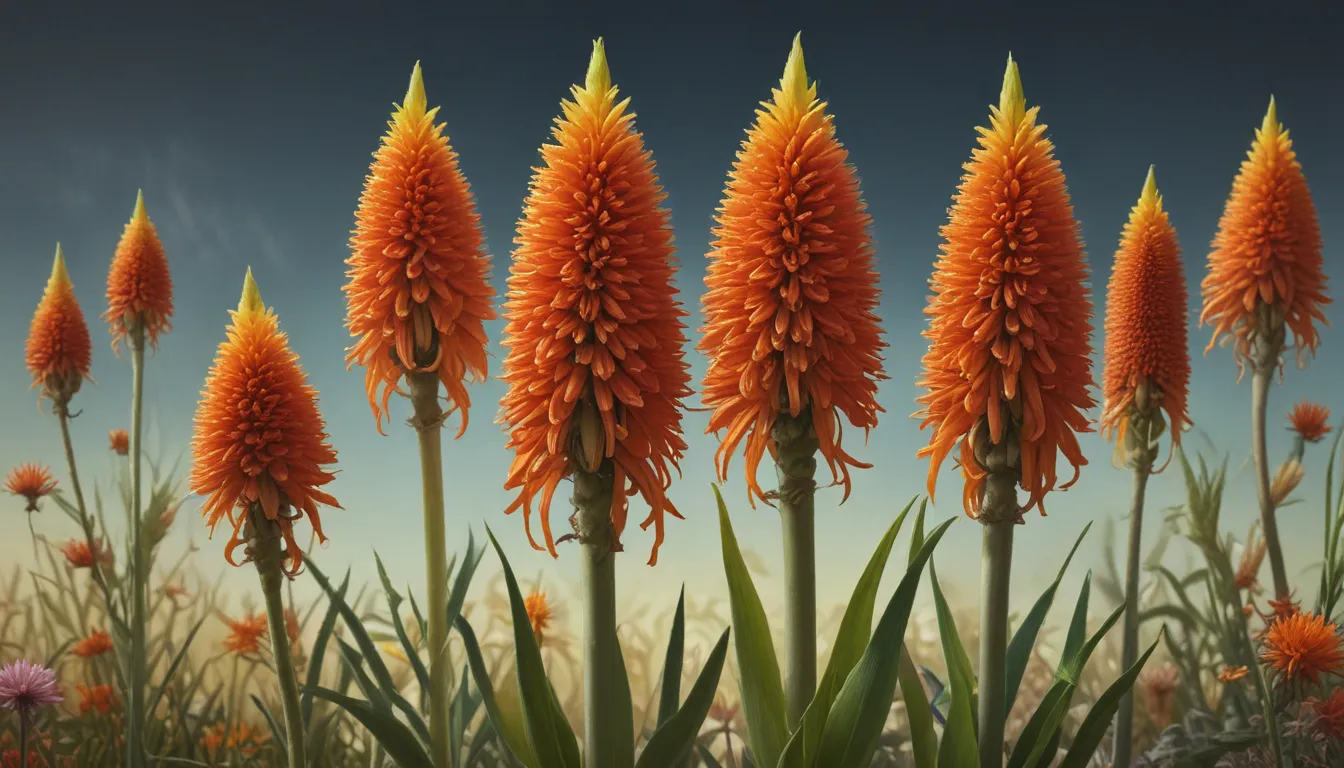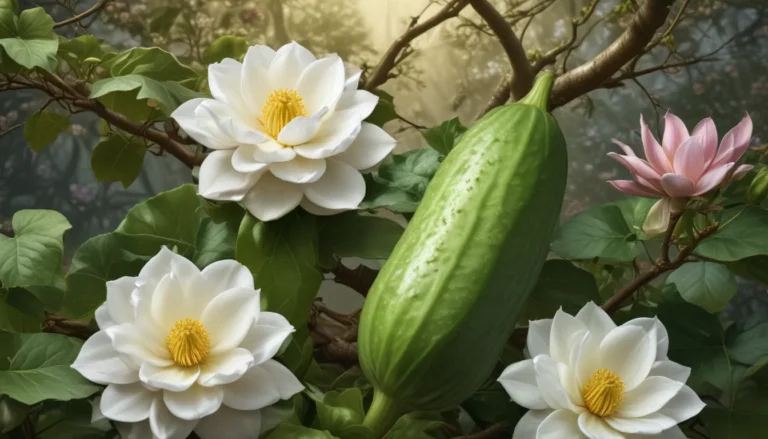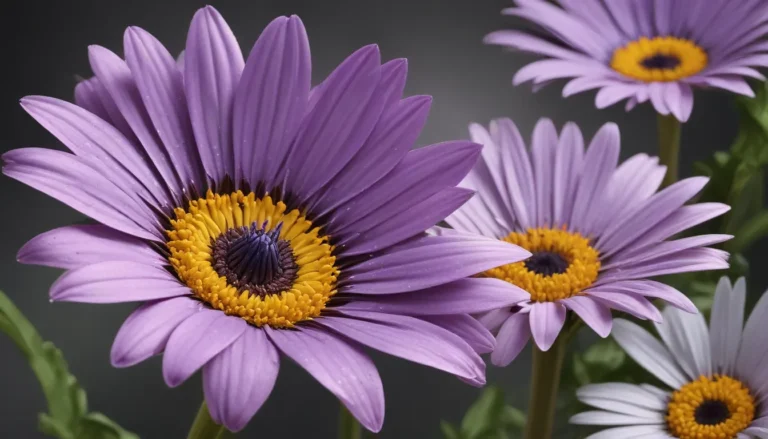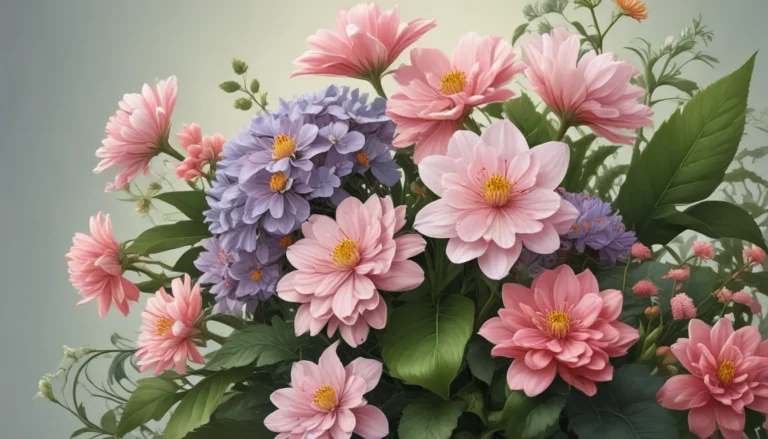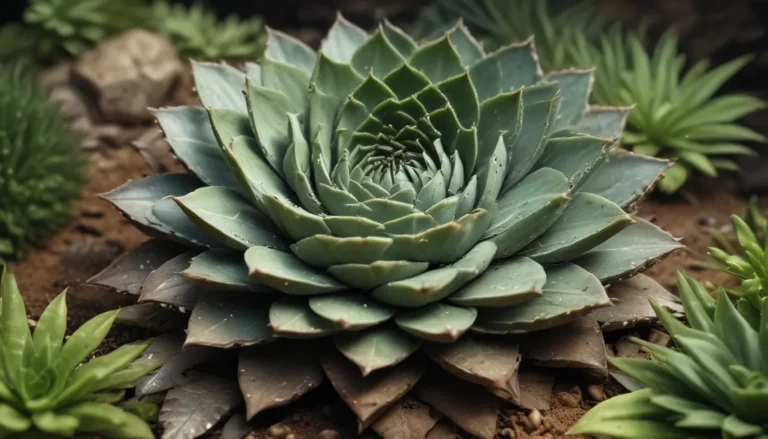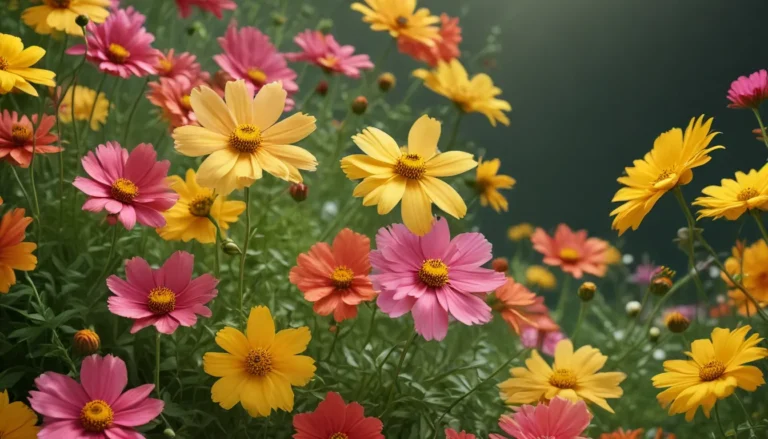The pictures we use in our articles might not show exactly what the words say. We choose these pictures to make you interested in reading more. The pictures work together with the words but don’t take their place. The words still tell you the important facts.
Are you a garden enthusiast looking to add a touch of vibrant beauty to your outdoor space? Look no further than Kniphofia, also known as the red hot poker or torch lily. This unique and fascinating plant, native to Africa, has captured the attention of gardeners worldwide with its striking appearance and remarkable features. In this article, we will delve into 16 fascinating facts about Kniphofia that will not only enhance your understanding but also inspire you to appreciate this extraordinary plant even more. Whether you are a seasoned gardener or someone who simply enjoys nature, let's embark on a journey to discover the captivating world of Kniphofia and all it has to offer.
Unveiling the Beauty of Kniphofia
Kniphofia, with its vibrant and fiery flower spikes, has rightfully earned its nickname as the "Red Hot Poker." With over 70 different species under its belt, this diverse genus boasts a wide range of colors, sizes, and flower shapes, making it a beloved choice among gardeners looking to add a splash of color to their landscapes. Originating from Africa, Kniphofia can be found growing naturally in countries such as South Africa, Lesotho, and Swaziland.
Embracing Diversity: The World of Kniphofia
One of the most fascinating aspects of Kniphofia is its ability to attract a variety of pollinators. Bees, butterflies, and hummingbirds are drawn to the nectar-rich blooms, aiding in the plant's reproduction and adding a touch of liveliness to your garden. While the most common color of Kniphofia flowers is a vibrant red-orange hue, these remarkable plants can also showcase shades of yellow, cream, pink, and even green, offering a feast for the eyes.
The Delight of Dwarf Varieties
For gardeners with limited space or those looking to add a pop of color to small areas, dwarf varieties of Kniphofia are a perfect choice. These smaller versions are ideal for container gardening, allowing you to enjoy the beauty of Kniphofia even in confined spaces. Furthermore, Kniphofia thrives in full sun, basking in the glow of bright, direct sunlight to promote healthier growth and more abundant blooms.
A Plant of Resilience and Beauty
One of the most appealing qualities of Kniphofia is its resilience to drought and low maintenance requirements, making it a favorite among busy gardeners. Once established, these plants can withstand periods of limited water, making them an excellent choice for water-wise gardens. Moreover, Kniphofia can be easily propagated by dividing the rhizomes, allowing you to expand your collection and share the beauty of this plant with others.
Beyond Beauty: The Functional Side of Kniphofia
Kniphofia not only adds visual appeal to your garden but also serves a functional purpose by attracting beneficial insects like ladybugs and lacewings. These insects can help control pests in your garden, creating a balanced and thriving ecosystem. Additionally, the long-lasting blooms of Kniphofia make them a popular choice for cut flowers, adding a touch of exotic beauty to floral arrangements and bouquets.
A Plant with a Purpose: Kniphofia in Traditional Medicine
In African cultures, certain species of Kniphofia are known for their medicinal properties and are used in traditional healing practices. From treating wounds and skin infections to even addressing snakebites, Kniphofia has played a significant role in indigenous medicine. This dual purpose of beauty and functionality further highlights the remarkable nature of this plant.
Caring for Your Kniphofia: FAQs Answered
-
How do I care for my Kniphofia plant?
Kniphofia plants thrive in well-draining soil and require full sun or partial shade. Regular watering, removal of faded flowers, and dead foliage are essential for continuous blooming. -
How often should I fertilize my Kniphofia?
Regular fertilization with a balanced, slow-release fertilizer in early spring and mid-summer is beneficial for Kniphofia plants. Follow the manufacturer's instructions for proper application rates. -
Can I grow Kniphofia in containers?
Yes, Kniphofia can be grown in containers with proper drainage. Regular watering and fertilization are crucial for container-grown Kniphofia to thrive. -
How do I propagate Kniphofia?
Kniphofia can be propagated through division or by sowing seeds. Division should be done in early spring or fall, ensuring each division has a good set of roots. Sow seeds in well-draining soil in late winter or early spring. -
Are Kniphofia plants deer-resistant?
While Kniphofia plants are not a preferred choice for deer, they are not completely deer-resistant. In areas with heavy deer populations, protecting the plants with deer repellents or fencing is advisable.
In Conclusion
In conclusion, Kniphofia is a plant that not only dazzles with its vibrant blooms but also serves a functional purpose in the garden. Its ability to attract pollinators, its resilience to drought, and its medicinal properties in traditional medicine make it a valuable addition to any outdoor space. Whether you are looking to enhance the visual appeal of your garden or explore the fascinating world of plants with medicinal uses, Kniphofia is a plant that promises to captivate and inspire.
At the heart of our commitment to delivering engaging and trustworthy content lies the dedication of our community of contributors who bring a wealth of diverse insights and information to our platform. Each fact is thoroughly reviewed by our editors to ensure the highest standards of accuracy and reliability, guaranteeing that the information we provide is not only fascinating but also credible. Trust in our commitment to quality and authenticity as you continue your journey of exploration and learning with us.
